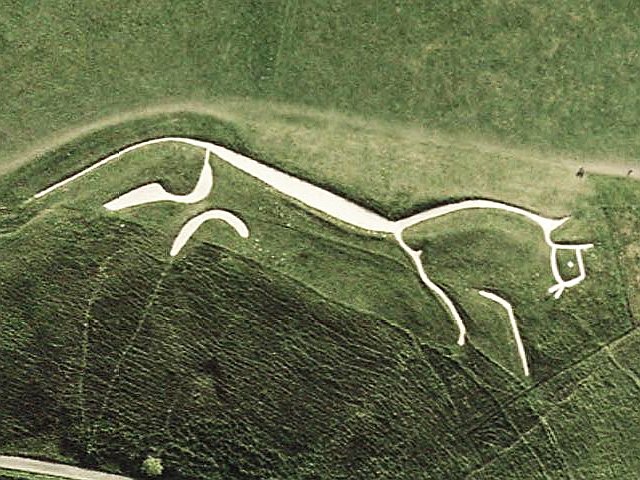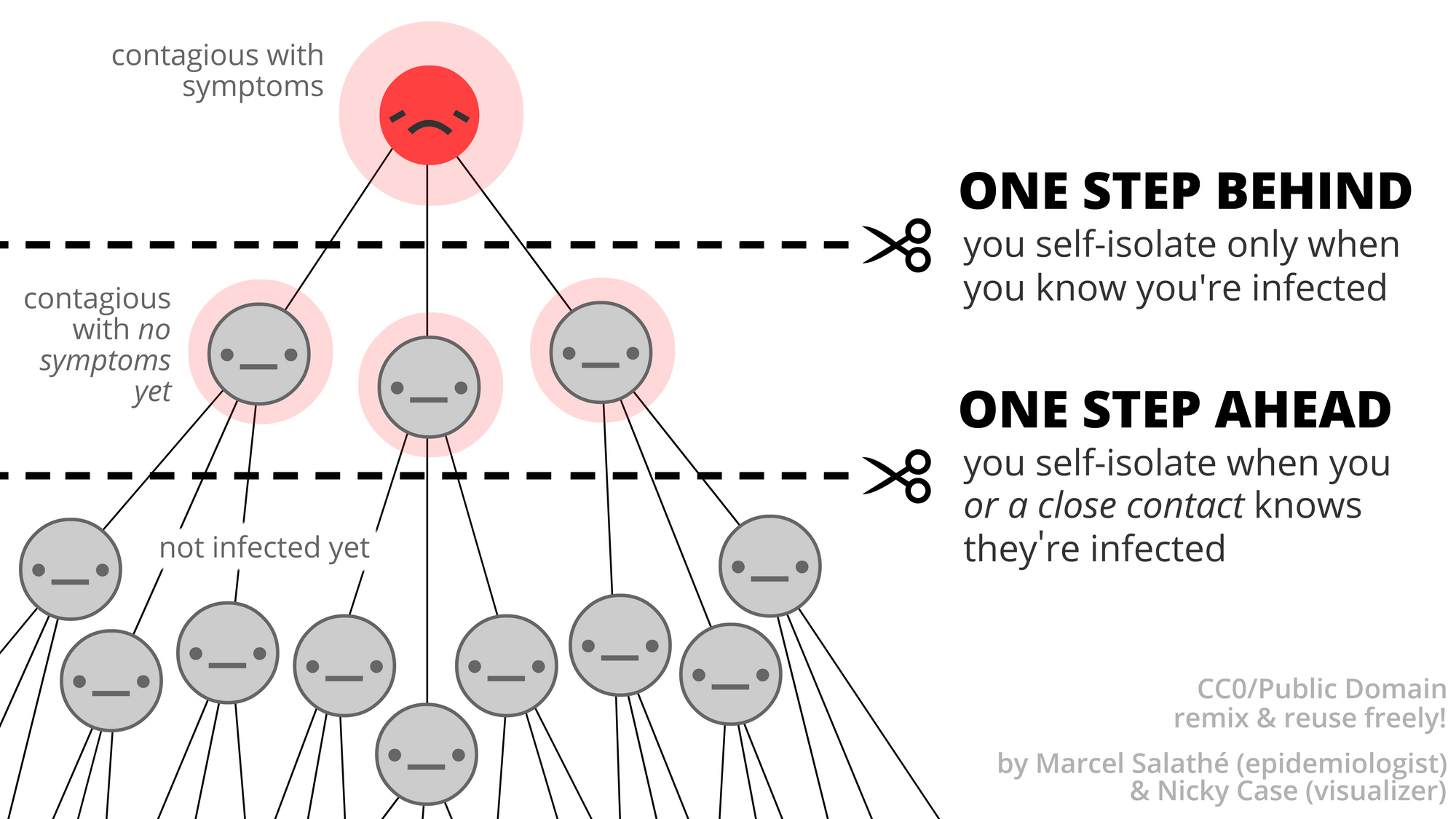|
National Tutoring Programme
The National Tutoring Programme is a UK Government scheme announced in June 2020 and launched in November that year forming part of a £1.7 billion catch-up fund to try to address learning loss during the COVID-19 pandemic. It outsources the tutoring of school children to 33 organisations, most of them private companies. The scheme has attracted criticism over cost, claimed inefficiency, and over the use of children as tutors. Background During the COVID-19 pandemic, schools in the UK had periods of closure and some teaching was done purely online. The government allocated funds to help disadvantaged students aged 5 to 16 catch up their lost learning. Initially in 2020 a billion pounds were allocated, including 350 million for the National Tutoring Programme to spend for a year. Later announcements extended this to two years and pledged an additional 700 million, 200 million of which was for the NTP. The Department for Education announced that the academic year 2023-24 would be ... [...More Info...] [...Related Items...] OR: [Wikipedia] [Google] [Baidu] |
UK Government
ga, Rialtas a Shoilse gd, Riaghaltas a Mhòrachd , image = HM Government logo.svg , image_size = 220px , image2 = Royal Coat of Arms of the United Kingdom (HM Government).svg , image_size2 = 180px , caption = Royal Arms , date_established = , state = United Kingdom , address = 10 Downing Street, London , leader_title = Prime Minister ( Rishi Sunak) , appointed = Monarch of the United Kingdom (Charles III) , budget = 882 billion , main_organ = Cabinet of the United Kingdom , ministries = 23 ministerial departments, 20 non-ministerial departments , responsible = Parliament of the United Kingdom , url = The Government of the United Kingdom (commonly referred to as British Government or UK Government), officially His Majesty's Government (abbreviated to HM Government), is the central executive authority of the United Kingdom of Great Britain and Northern Ireland. [...More Info...] [...Related Items...] OR: [Wikipedia] [Google] [Baidu] |
South East England
South East England is one of the nine official regions of England at the first level of ITL for statistical purposes. It consists of the counties of Buckinghamshire, East Sussex, Hampshire, the Isle of Wight, Kent, Oxfordshire, Berkshire, Surrey and West Sussex. Major towns and cities in the region include Brighton and Hove, Milton Keynes, Southampton, Portsmouth, Slough, Reading and Oxford. South East England is the third largest region of England, with an area of 19,096 km2 (7,373 sq mi), and is also the most populous with a total population of over eight and a half million (2011). The region contains seven legally chartered cities: Brighton and Hove, Canterbury, Chichester, Oxford, Portsmouth, Southampton and Winchester. The region's close proximity to London and connections to several national motorways have led to South East England becoming a prosperous economic hub with the largest economy of any region in the UK, after London. The region is home to ... [...More Info...] [...Related Items...] OR: [Wikipedia] [Google] [Baidu] |
COVID-19 Pandemic In The United Kingdom
The COVID-19 pandemic in the United Kingdom is a part of the worldwide pandemic of coronavirus disease 2019 (COVID-19) caused by severe acute respiratory syndrome coronavirus 2 (SARS-CoV-2). In the United Kingdom, it has resulted in confirmed cases, and is associated with deaths. The virus began circulating in the country in early 2020, arriving primarily from travel elsewhere in Europe. Various sectors responded, with more widespread public health measures incrementally introduced from March 2020. The first wave was at the time one of the world's largest outbreaks. By mid-April the peak had been passed and restrictions were gradually eased. A second wave, with a new variant that originated in the UK becoming dominant, began in the autumn and peaked in mid-January 2021, and was deadlier than the first. The UK started a COVID-19 vaccination programme in early December 2020. Generalised restrictions were gradually lifted and were mostly ended by August 2021. A third wave, ... [...More Info...] [...Related Items...] OR: [Wikipedia] [Google] [Baidu] |
National Responses To The COVID-19 Pandemic
National responses to the COVID-19 pandemic have been varied, and have included containment measures such as lockdowns, quarantines, and curfews. As of , cases of COVID-19 have been reported, resulting in reported deaths. The most affected countries in terms of confirmed cases are the United States, Brazil, India, Russia, South Africa, Peru, Mexico, Chile, the United Kingdom, and Iran. Lockdowns The pandemic has caused worldwide curfews and similar restrictions ( stay-at-home orders, shelter-in-place orders, shutdowns/ lockdowns) established to prevent further spread of COVID-19. The pandemic has resulted in the largest amount of shutdowns/lockdowns worldwide at the same time in history. By 26 March, 1.7 billion people worldwide were under some form of lockdown, which increased to 3.9 billion people by the first week of April — more than half of the world's population. , nearly 300 million people, or about 90 per cent of the population, are under s ... [...More Info...] [...Related Items...] OR: [Wikipedia] [Google] [Baidu] |
Public Education In The United Kingdom
In public relations and communication science, publics are groups of individual people, and the public (a.k.a. the general public) is the totality of such groupings. This is a different concept to the sociological concept of the ''Öffentlichkeit'' or public sphere. The concept of a public has also been defined in political science, psychology, marketing, and advertising. In public relations and communication science, it is one of the more ambiguous concepts in the field. Although it has definitions in the theory of the field that have been formulated from the early 20th century onwards, and suffered more recent years from being blurred, as a result of conflation of the idea of a public with the notions of audience, market segment, community, constituency, and stakeholder. Etymology and definitions The name "public" originates with the Latin ''publicus'' (also '' poplicus''), from ''populus'', to the English word ' populace', and in general denotes some mass population ("the p ... [...More Info...] [...Related Items...] OR: [Wikipedia] [Google] [Baidu] |
Government Procurement In The United Kingdom
At around £290 billion every year, public sector procurement accounts for around a third of all public expenditure in the UK. EU-based laws continue to apply to government procurement: procurement is governed by the Public Contracts Regulations 2015, Part 3 of the Small Business, Enterprise and Employment Act 2015, and (in Scotland) the Public Contracts (Scotland) Regulations of 2015 and 2016. These regulations implement EU law, which applied in the UK prior to Brexit, and also contain rules known as the "Lord Young Rules" promoting access for small and medium enterprise (SMEs) to public sector contracts, based on Lord Young's Review ''Growing Your Business'', published in 2013.Local Government Association'Lord Young' reforms accessed 11 September 2016 In November 2016 an advisory panel of 24 entrepreneurs and business figures was formed to advise the government on purchasing goods and services from SMEs, and a campaign was launched to demonstrate that "government is open fo ... [...More Info...] [...Related Items...] OR: [Wikipedia] [Google] [Baidu] |
Government Spending In The United Kingdom
Central government spending in the United Kingdom, also called public expenditure, is the responsibility of the UK Government, the Scottish Government, the Welsh Government and the Northern Ireland Executive. In the budget for financial year 2019–20, proposed total government spending was £842 billion. Spending per head is significantly higher in Northern Ireland, Wales and Scotland than it is in England. Scotland has historically collected more tax per person than has the rest of the UK, although following a decline in the oil price in 2014, Scotland produced slightly less revenue than England per capita in 2014–15. As of 2014 and the release of the GERS report, Scotland had a higher deficit relative to the UK deficit as a whole and received an increased net subsidy from UK Government borrowing, this deficit was attributed to declining oil revenues as the price of crude oil has fallen. This condition is predicted to only get worse should oil revenues fall further. Gove ... [...More Info...] [...Related Items...] OR: [Wikipedia] [Google] [Baidu] |
Education Finance In The United Kingdom
Education is a purposeful activity directed at achieving certain aims, such as transmitting knowledge or fostering skills and character traits. These aims may include the development of understanding, rationality, kindness, and honesty. Various researchers emphasize the role of critical thinking in order to distinguish education from indoctrination. Some theorists require that education results in an improvement of the student while others prefer a value-neutral definition of the term. In a slightly different sense, education may also refer, not to the process, but to the product of this process: the mental states and dispositions possessed by educated people. Education originated as the transmission of cultural heritage from one generation to the next. Today, educational goals increasingly encompass new ideas such as the liberation of learners, skills needed for modern society, empathy, and complex vocational skills. Types of education are commonly divided into formal, ... [...More Info...] [...Related Items...] OR: [Wikipedia] [Google] [Baidu] |
Yorkshire And The Humber
Yorkshire and the Humber is one of nine official regions of England at the first level of ITL for statistical purposes. The population in 2011 was 5,284,000 with its largest settlements being Leeds, Sheffield, Bradford, Hull, and York. It is subdivided into East Riding of Yorkshire, North Yorkshire (excluding areas in Tees Valley of North East England), South Yorkshire, West Yorkshire, North Lincolnshire and North East Lincolnshire. The committees for the region ceased to exist after the 12 April 2010; regional ministers were not reappointed by the incoming Cameron–Clegg coalition government, with the associated government offices abolished in 2011. Geographical context Geology In the Yorkshire and the Humber region, there is a very close relationship between the major topographical areas and the underlying geology. The Pennine chain of hills in the west is of Carboniferous origin. The central vale is Permo-Triassic. The North York Moors in the north-east of the ... [...More Info...] [...Related Items...] OR: [Wikipedia] [Google] [Baidu] |
North East England
North East England is one of nine official regions of England at the first level of ITL for statistical purposes. The region has three current administrative levels below the region level in the region; combined authority, unitary authority or metropolitan district and civil parishes. They are also multiple divisions without administrative functions; ceremonial county, emergency services ( fire-and-rescue and police), built-up areas and historic county. The most populous places in the region are Newcastle upon Tyne (city), Middlesbrough, Sunderland (city), Gateshead, Darlington and Hartlepool. Durham also has city status. History The region's historic importance is displayed by Northumberland's ancient castles, the two World Heritage Sites of Durham Cathedral and Durham Castle, and Hadrian's Wall, one of the frontiers of the Roman Empire. In fact, Roman archaeology can be found widely across the region and a special exhibition based around the Roman Fort of S ... [...More Info...] [...Related Items...] OR: [Wikipedia] [Google] [Baidu] |
North West England
North West England is one of nine official regions of England and consists of the ceremonial counties of England, administrative counties of Cheshire, Cumbria, Greater Manchester, Lancashire and Merseyside. The North West had a population of 7,052,000 in 2011. It is the Countries of the United Kingdom by population, third-most-populated region in the United Kingdom, after the South East England, South East and Greater London. The largest settlements are Manchester and Liverpool. Subdivisions The official Regions of England, region consists of the following Subdivisions of England, subdivisions: After abolition of the Greater Manchester and Merseyside County Councils in 1986, power was transferred to the metropolitan boroughs, making them equivalent to unitary authorities. In April 2011, Greater Manchester gained a top-tier administrative body in the form of the Greater Manchester Combined Authority, which means the 10 Greater Manchester boroughs are once again second-ti ... [...More Info...] [...Related Items...] OR: [Wikipedia] [Google] [Baidu] |




.jpg)


